SOURCE: IDRW.ORG.
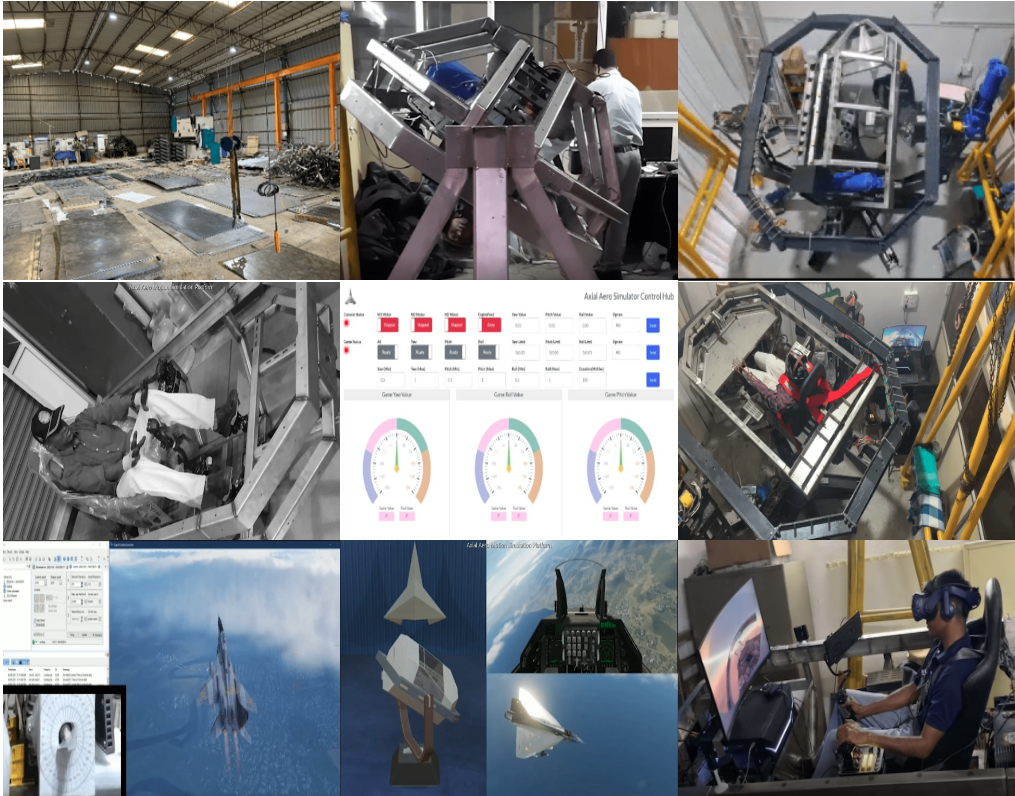
Two former Indian Air Force (IAF) fighter pilots have taken their passion for aviation to new heights with the creation of Axial Aero, a Telangana-based startup. Their revolutionary product – the AXIAL AERO 6 DOF-360° FLIGHT SIMULATOR – is poised to transform pilot training for the military and beyond.
The Axial Aero simulator surpasses existing technology with its advanced mechanical design and motion-cueing algorithms. Unlike traditional Stewart platforms, it offers a full 360° range of motion on all three axes (X, Y, and Z), replicating the G-forces experienced by pilots during real flight. Additionally, the simulator utilizes advanced actuators built into the seat to achieve realistic translational movement, creating an unparalleled immersive experience.
Continue readingSOURCE: RAUNAK KUNDE / NEWS BEAT / IDRW.ORG
The Defence Research and Development Organisation (DRDO) is making significant progress on Project Veda, a new satellite launch vehicle (SLV) designed specifically for the Indian armed forces. According to idrw.org, DRDO has begun procuring equipment and recruiting engineers and crew for the program, indicating an expedited timeline.
Project Veda, also known as Vehicle for Defence Application, aims to provide the Indian armed forces with an independent and responsive launch capability for their defence satellites. This dedicated SLV is a three-stage, solid-propellant rocket designed to carry payloads weighing up to 2,000 kilograms into low-Earth orbit, at an altitude of approximately 200 kilometres.
Continue readingSOURCE: RAUNAK KUNDE / NEWS BEAT / IDRW.ORG
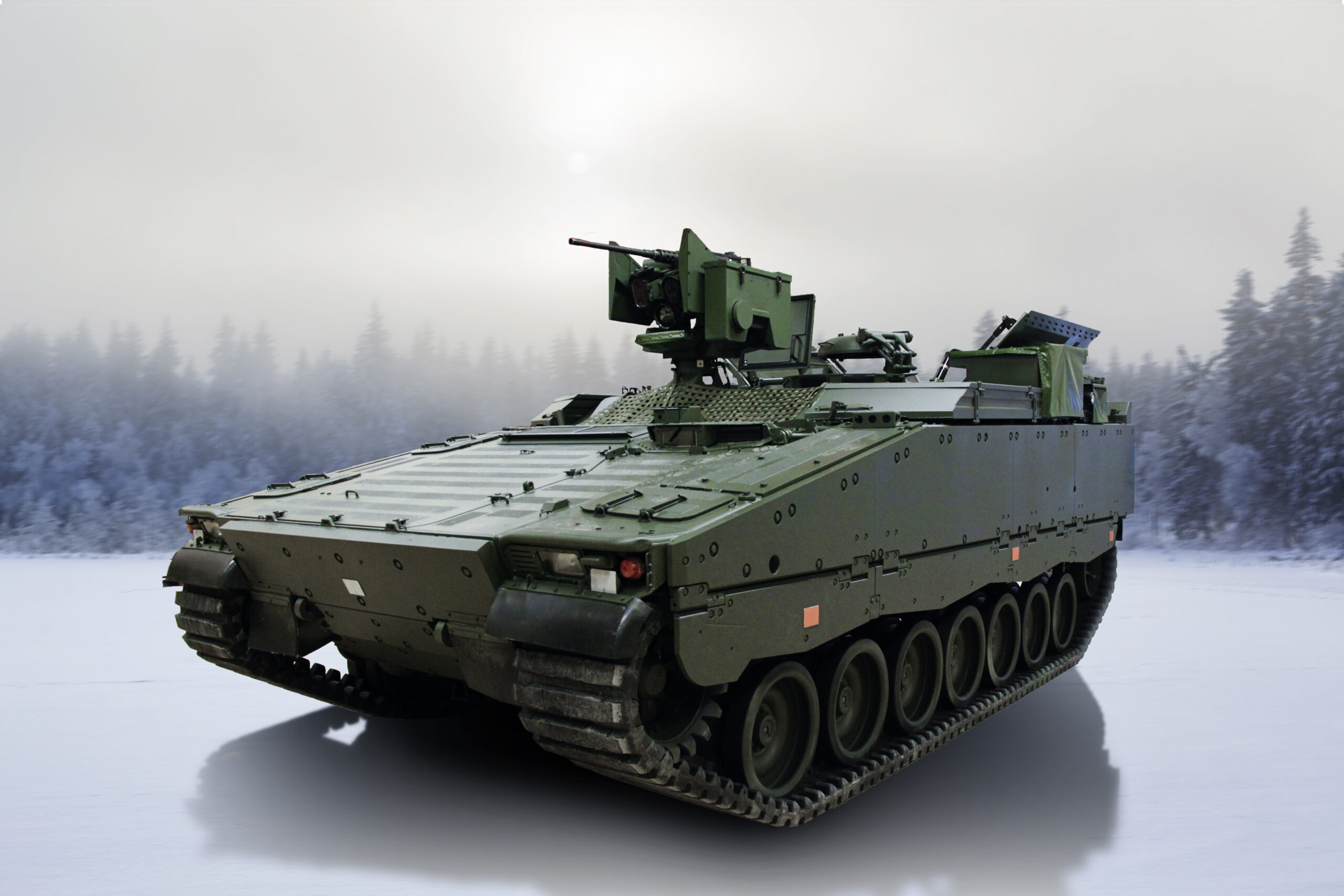
Bharat Forge Ltd., a leading Indian multinational company, has announced its participation in the development of India’s next-generation infantry combat vehicle, the Futuristic Infantry Combat Vehicle (FICV). This news comes after the Defence Acquisition Council (DAC), led by Defence Minister Rajnath Singh, greenlit the FICV program in 2023.
The Indian Ministry of Defence (MoD) has outlined a demanding set of specifications for the FICV. The vehicle must be amphibious, allowing for seamless movement across water bodies. It needs to be equipped with a manned turret featuring a future combat system (FCS) and the capability to fire anti-tank guided missiles (ATGMs) with a fire-and-forget mechanism.
Continue readingSOURCE: RAUNAK KUNDE / NEWS BEAT / IDRW.ORG
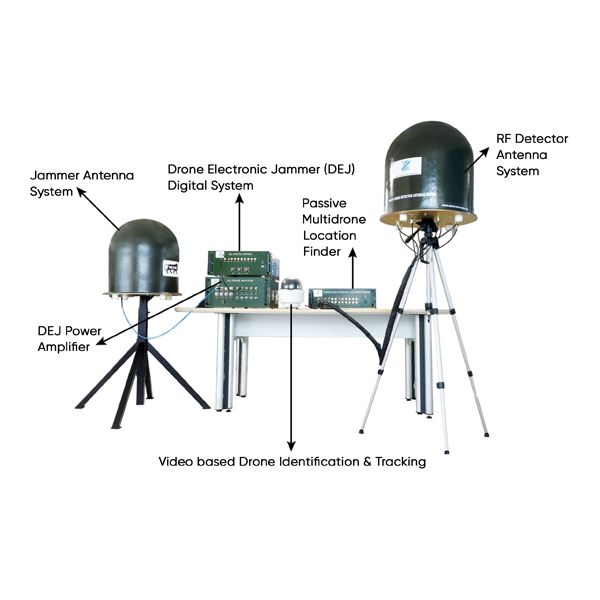
India’s private defence company, Zen Technologies, has commenced trials of a new iteration of its Anti-Drone System (CUAS), specifically designed to counter stealth drones.
Traditional drones can be challenging to detect due to their size, but stealth drones pose an even greater threat due to their low observable design, making them difficult to track on radar. Zen Technologies’ new system claims to address this challenge by employing a “multi-layer sensor architecture.” This likely refers to a combination of sensors, potentially including radio frequency (RF) detection, video-based tracking, and radar, working together to create a comprehensive defence against drone incursions.
Continue readingSOURCE: IDRW.ORG.

Officials from Bharat-Forge have indicated that a potential order for 307 Advanced Towed Artillery Gun Systems (ATAGS) might materialize after the upcoming Indian elections. However, uncertainty surrounds the specific variant chosen by the Indian Army for production.
ATAGS, a collaborative effort between Tata Defence and Bharat-Forge, aims to replace aging artillery guns in the Indian Army’s inventory. While both companies have developed two distinct variants of the ATAGS, the Indian Army has yet to announce its selection for mass production.
Continue readingSOURCE: IDRW.ORG.
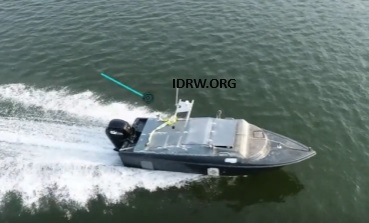
Sagar Defence Engineering has taken the wraps off its latest innovation – the Bali USV (Unmanned Surface Vehicle). This USV boasts impressive capabilities, making it a strong contender in the maritime domain.
The Bali USV is designed for speed, reaching over 25 knots and offering an operational endurance of 8-10 hours. This combination allows for swift response and extended missions at sea. The USV is equipped with a radar system, providing operators with real-time information about its surroundings. Object tracking capability further enhances its ability to monitor and identify targets of interest.
Continue readingSOURCE: DEEPAK HILORI/ FOR MY TAKE / IDRW.ORG
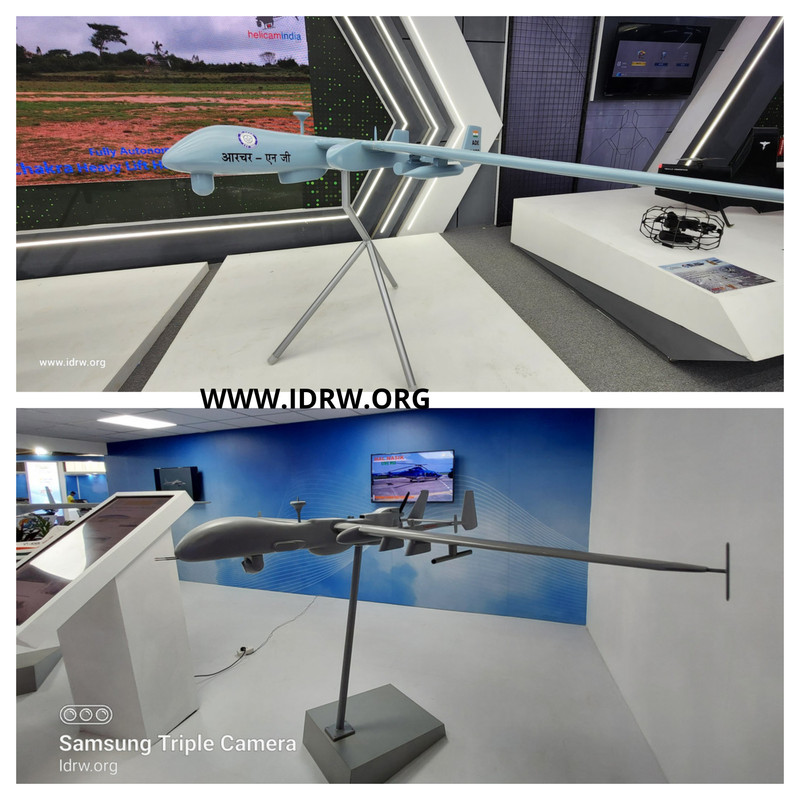
India’s quest for self-reliance in defense has reached a crucial juncture. The Medium Altitude Long Endurance (MALE) UAV program, specifically the Archer and Tapas projects, has seen delays. To bridge this gap and expedite MALE UAV development, the Defence Research and Development Organisation (DRDO) should consider transferring its technology (ToT) to qualified Indian private sector companies.
Private companies bring agility and a market-driven approach. DRDO’s expertise lies in fundamental research. Sharing knowledge allows private firms to leverage existing technology, accelerating the MALE UAV development cycle.
Continue readingSOURCE: RAUNAK KUNDE / NEWS BEAT / IDRW.ORG
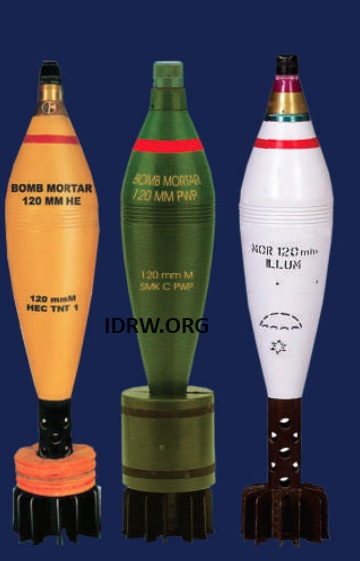
Spain has sparked a diplomatic ripple after denying docking permission to a cargo ship carrying explosives headed for Israel. The Denmark-flagged vessel, Marianne Danica, was reportedly transporting a significant amount of military equipment, including 80,000 units of 120mm HE Mortars and 50,000 units of 125mm HE rounds.
According to media reports, the origin of the shipment was Chennai, India, with the intended destination being the Israeli port of Haifa. However, leaked documents reveal a twist in the narrative. The Czech Republic’s Ministry has submitted a claim asserting ownership of the munitions.
Continue readingSOURCE: RAUNAK KUNDE / NEWS BEAT / IDRW.ORG

In a move towards self-reliance in defense technology, India took a significant step in 2021. Bharat Dynamics Limited (BDL) signed a licensing agreement with MBDA, Europe’s leading missile manufacturer, to establish a facility for the final assembly, integration, and testing (FAIT) of the Advanced Short Range Air-to-Air Missile (ASRAAM) within India.
BDL anticipates significant orders from the IAF in the coming years (FY2026-27) for the ASRAAM, specifically to arm the LCA-Tejas Mk1A fighter jet. This domestic production of the ASRAAM signifies a crucial step towards self-sufficiency in air defense technology for India.
Continue readingSOURCE: RAUNAK KUNDE / NEWS BEAT / IDRW.ORG
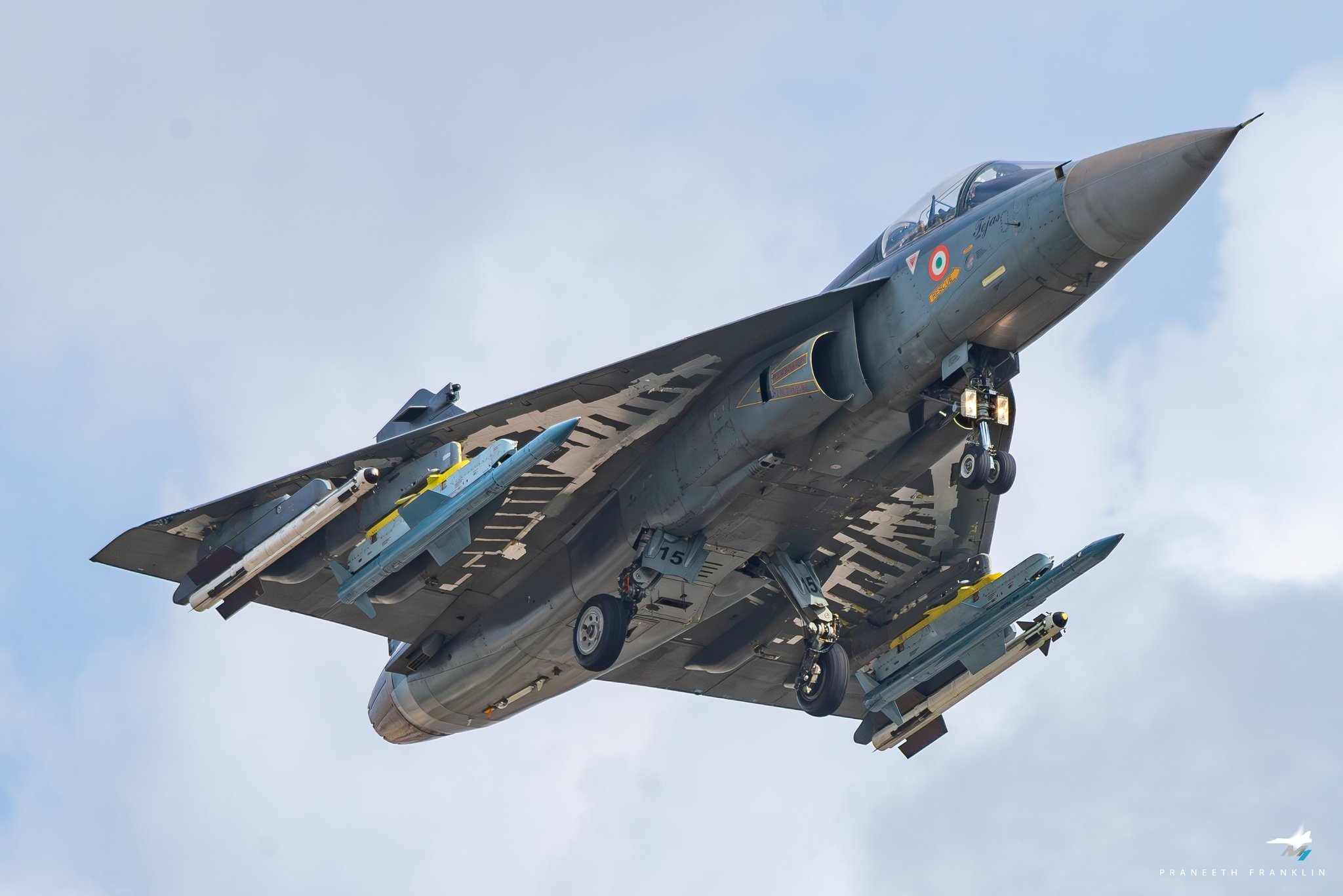
The Aeronautical Development Agency (ADA) has issued a new tender seeking bids for crucial analysis work on the Light Combat Aircraft (LCA) Tejas Mk1A variant. This tender focuses on integrating new air-to-air missiles and other weaponry onto the upgraded fighter jet.
The selected vendor will be tasked with performing AeroServoElastic (ASE) analysis, Static Stability and Controllability (SCT) analysis, and calculating the maximum allowable response envelopes for the LCA Mk1A. This analysis is vital for ensuring the safe and stable flight characteristics of the aircraft when equipped with new weapon systems.
Continue readingSOURCE: IDRW.ORG.

The Defence Research and Development Organisation’s (DRDO) CSIR-Central Scientific Instruments Organisation (CSIR-CSIO) has issued a request for the H-Series Head Up Display (HUD) for India’s Intermediate Jet Trainer (IJT) aircraft.
A Head-Up Display (HUD) is a transparent display system integrated into an aircraft’s cockpit. It projects critical flight information, including airspeed, altitude, angle of attack, navigation data, and even weapon aiming information, directly onto the pilot’s line of sight. This allows pilots to maintain situational awareness and make informed decisions without constantly looking down at traditional instrument panels. This is especially beneficial during training maneuvers, where pilots are honing their skills in dynamic environments.
Continue readingSOURCE: IDRW.ORG.

In the aftermath of the 1971 Indo-Pak war, which led to the birth of Bangladesh, India had the legal right to claim significant war reparations from Pakistan. However, recent revelations have shed light on a rare list of unclaimed reparations amounting to an astonishing sum of Rs 543,51,14,294-90. These funds, which were to be claimed from Pakistan, remain unclaimed to this day, despite the victorious outcome for India in the conflict.
The detailed breakdown of these reparations, compiled shortly after the war, reveals the extensive financial toll and human cost incurred during the conflict. Among the notable items listed are the estimated value of casualties suffered by the Indian Army, the expenditure on troop movement and logistics, and the costs associated with the Indian Air Force and Navy’s involvement in the hostilities.
Continue readingSOURCE: RAUNAK KUNDE / NEWS BEAT / IDRW.ORG

The Indian Air Force’s (IAF) dream of a next-generation fighter jet, the Tejas MkII is taking flight with the approval of funding by the Cabinet Committee on Security (CCS) in 2022. This program, with an initial investment of $1.2 billion, promises a single-seater powerhouse with a surprising twist – the potential for a future twin-seater variant.
The Aeronautical Development Agency (ADA), Program directors leading the Tejas MkII program, has made it clear that the initial design prioritizes a single-pilot configuration. However, While a twin-seater variant wasn’t part of the initial plan, recent developments suggest a shift in stance. Sources familiar with the program indicated idrw.org that ADA is open to developing a twin-seater Tejas MkII if the IAF requests it.
Continue readingSOURCE: RAUNAK KUNDE / NEWS BEAT / IDRW.ORG

Mazagon Dock Shipbuilders Limited (MDL), India’s leading shipyard, has announced plans to develop a full-scale, indigenous conventional submarine design by 2028. This project will be undertaken in collaboration with the Indian Navy’s Warship Design Bureau (WDB).
The new submarine design will be for a 3,000-ton vessel and is expected to incorporate several cutting-edge technologies. This aligns with the Indian Navy’s Project-76, which aims to procure 12 indigenously-built, conventional diesel submarines equipped with advanced features like Air-Independent Propulsion (AIP), Lithium-ion batteries, and potentially pump-jet propulsion.
Continue readingSOURCE: RAUNAK KUNDE / NEWS BEAT / IDRW.ORG

The Indian Navy, traditionally reliant on foreign suppliers for its warships’ engines, is charting a new course towards self-sufficiency. This ambitious initiative aims to develop a range of indigenous marine engines, empowering domestic industries and reducing dependence on external sources.
Currently, the Indian Navy utilizes a combination of diesel engines and gas turbines sourced from Ukraine, the United States, and the United Kingdom. This strategy, while functional, presents challenges in terms of supply chain vulnerability and long-term maintenance needs.
Continue reading